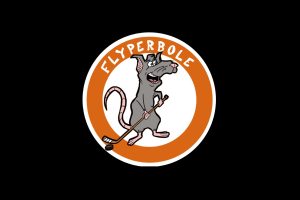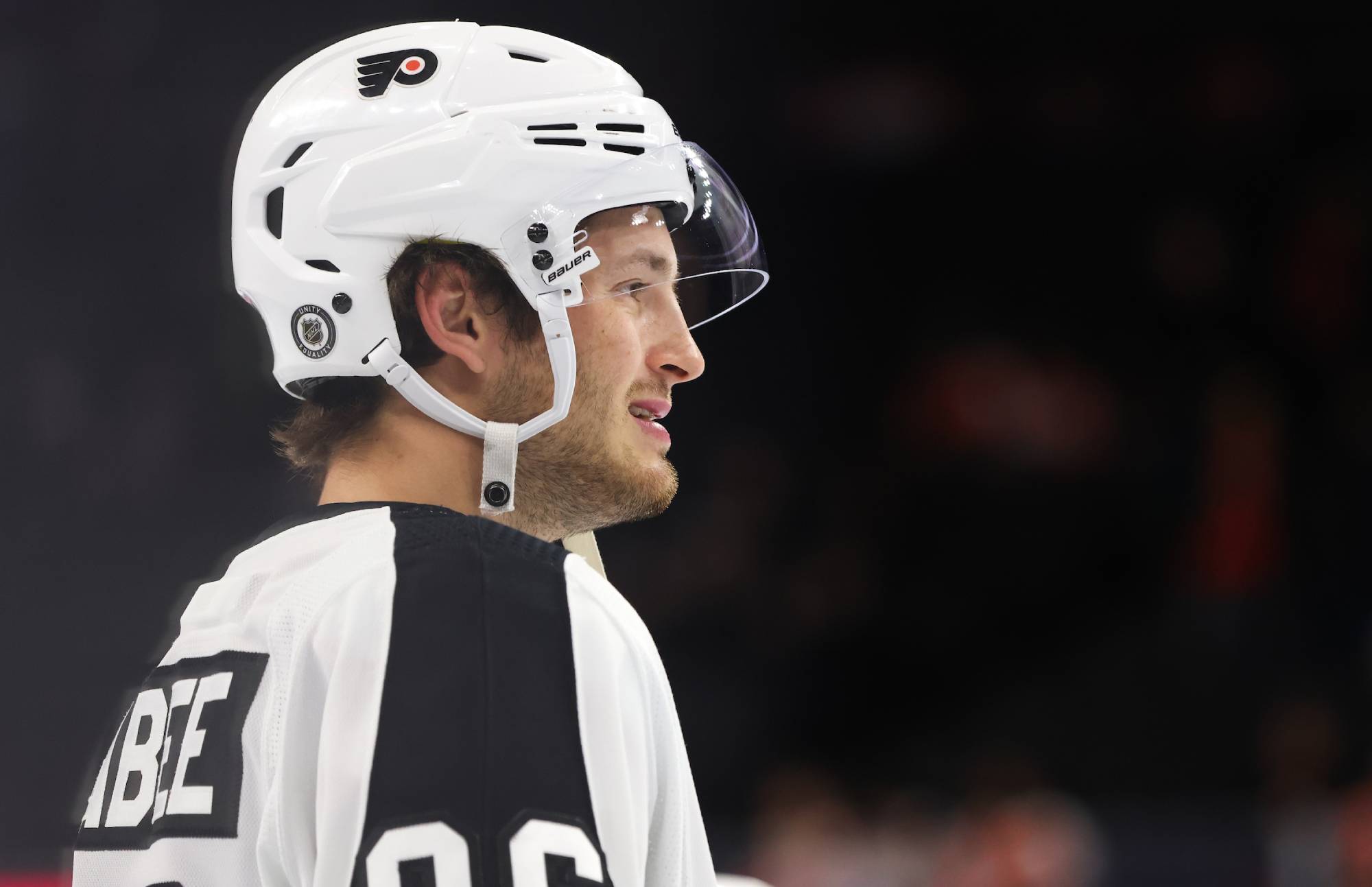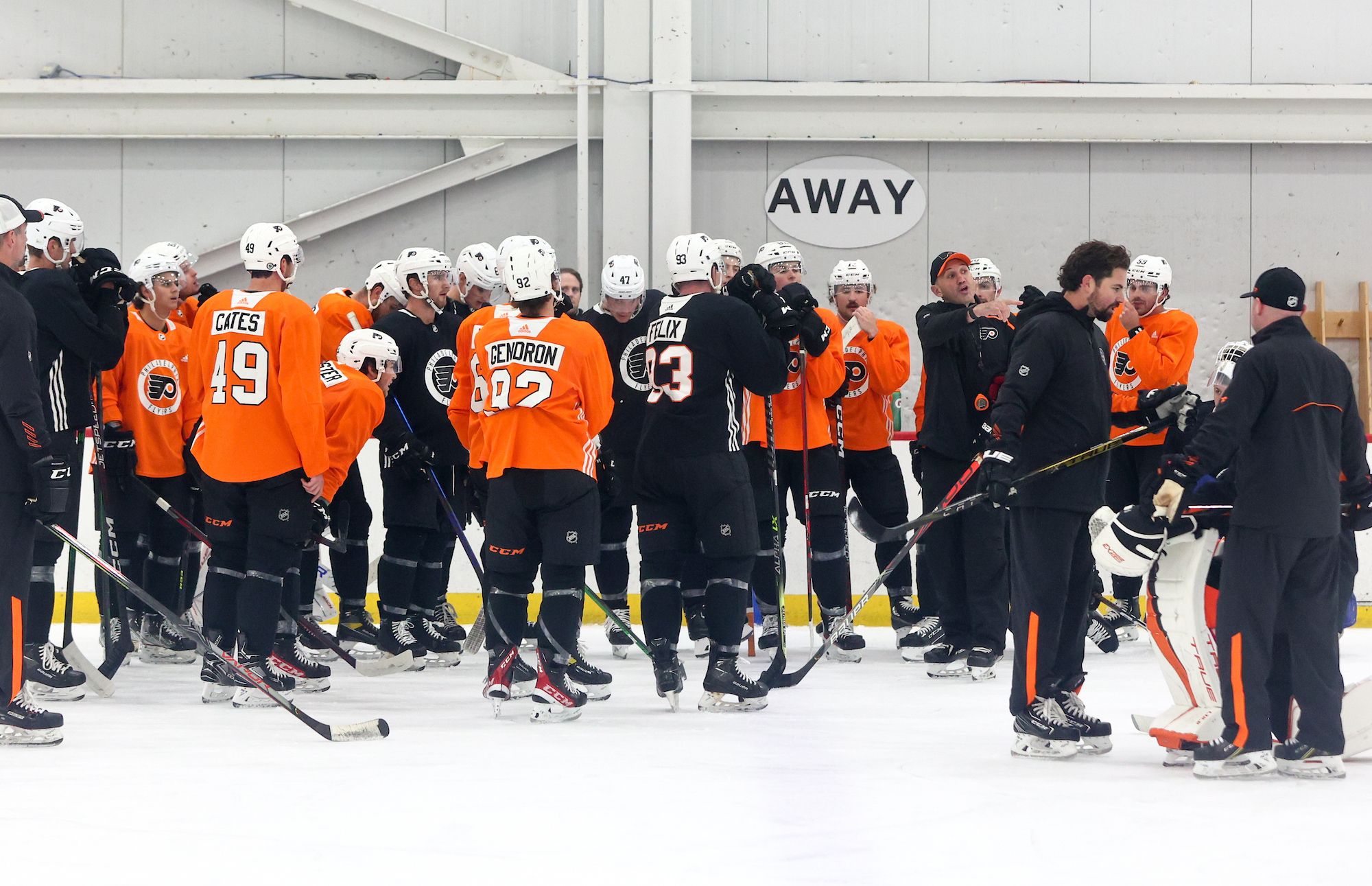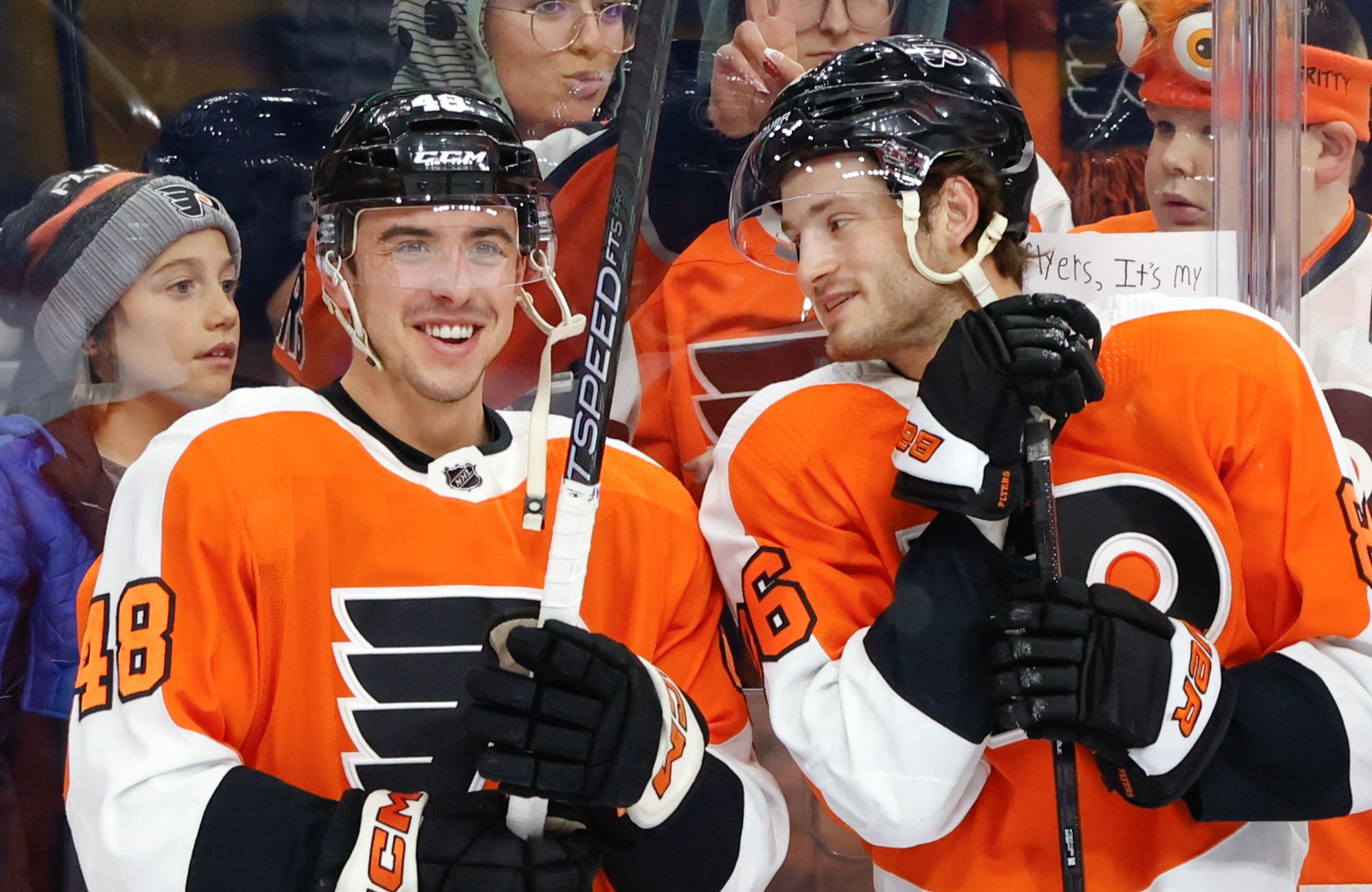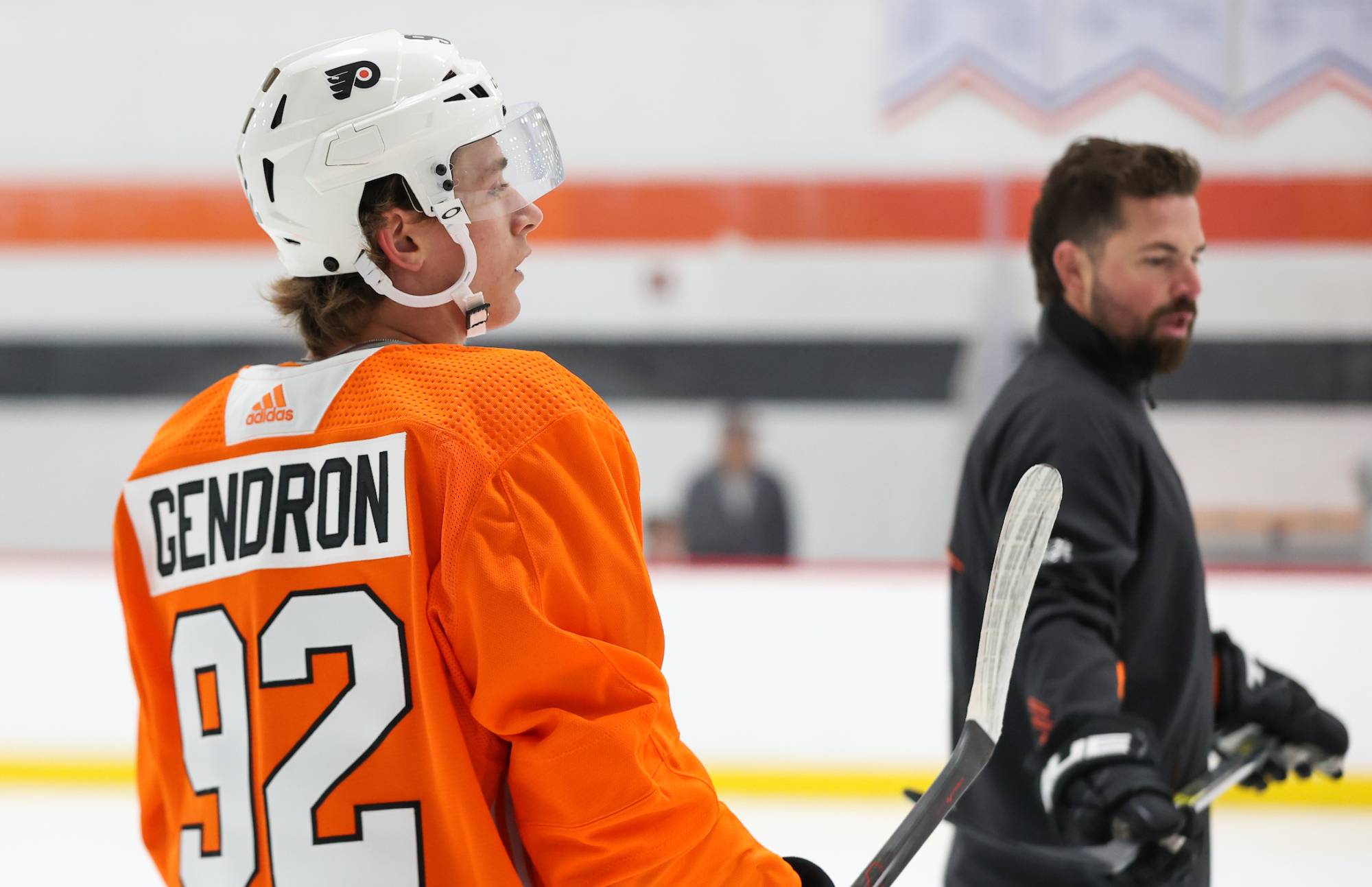Throughout his tenure with the Philadelphia Flyers — previously as a player, assistant coach and now as the team’s head coach — Craig Berube could certainly be described as a polarizing figure. You’ve got the vehement detractors and the vehement supporters (albeit much fewer in number) of his methods, and there’s very few people who seemingly fall into the middle ground. It’s been that way for as long as I can remember.
We here at BSH have gone to great lengths to give you as much commentary on Berube’s coaching tactics and decisions as we can muster, not to nitpick and pull apart every move of his tenure but to provide a certain level of insight on where things stand and what needs to change in the future.
Yesterday, Micah McCurdy went on some sort of graphing binge and decided to put up a bunch of visualizations showcasing how different coaches in the league deployed their forwards and defensemen depending on the score of a game.
At first glance, it seems like there’s a lot to it, but it fits in perfectly with the discussions about Craig Berube as a viable coach, both in the present and long-term. Let’s try and break Philadelphia’s visualizations down and figure out what it means for Craig Berube and his methods, shall we?
Forwards
The above graph depicts how Craig Berube manages his forward corps at even-strength during different score states in the game. The horizontal axis represents the score difference between the Flyers and their opponents over the course of this season. It’s depicted from up 2 to down 2, because there’s not enough data to plot the situations in which a team is up or down 3 goals (or more). That data is just lumped in with “up 2/down 2”.
The vertical axis represents the percentage of total even-strength ice-time a player is on the ice for each of those score states. For example, one can look at the graph and see that Brayden Schenn is the forward that receives the highest amount of even-strength ice team when the Flyers have been down 2 goals or more this season (a little more than 30% of all even-strength ice time that the Flyers are down 2 goals).
A couple of observations:
- The first thing that sticks out to me? When the Flyers are down a goal, Berube relies heavily on Claude Giroux and Jake Voracek; Claude Giroux’s on the ice almost 35% of the time that the Flyers are down a goal. Why, in turn, does Craig Berube not call upon Giroux and Voracek when the team is tied/only up 1 goal? I’d imagine you’d want your best players on the ice in those situations, and, in looking at the score deployment visualizations of better teams in the league, that’s certainly the case.
- In conjunction with the above observation, Sean Couturier and Matt Read receive considerably more ice team when the team is tied or up 1 than when the team is trailing.
- In the games he actually found himself in the lineup, Jason Akeson barely touched the ice unless the team was ahead by two or more goals.
- Brayden Schenn receives the second most even-strength time (for forwards) when the team has a one-goal lead.
Defensemen
The above graph can be read exactly the same as the previous graph posted on forward deployment.
A couple of observations:
- Michael Del Zotto is getting a ton of ice time regardless of score difference or situation, which makes the earlier scratches this season all the more confusing. I shudder to think what this team would be like without the even-strength contributions of Michael Del Zotto and Mark Streit.
- The organization used this offseason to give Andrew MacDonald money worthy of a top-pairing defenseman. He currently receives the second fewest minutes when the team is both down 1 and tied of any of the 5 regular defensemen the Craig Berube normally ices. That’s not a good look there. I’m not even going to get into how he performs with those minutes, either.
- Why can’t Carlo Colaiacovo get any minutes when the Flyers are tied with their opponent? He currently leads the team in scoring chance differential. Put two and two together, Craig.
- Luke Schenn has quietly turned himself into quite the solid, all-situation defenseman. Somebody get Toronto on the phone.
- Mark Streit receives almost 36% of the even-strength ice time when the Flyers are down 1, tied or up 1. How is any other defenseman in the Ashbee Trophy conversation?
What to make of it all
There’s a lot to make of all the data, and McCurdy has certainly made it easy for fans and those looking to provide insight with a new way to digest and dissect how the coaching staff operates the Flyers. Is it smart to expect management to make active changes and address the situations where the team’s play, numbers and deployment don’t line up? That remains to be seen.
As we’ve noticed throughout this season, Craig Berube has his own system, his own method, for coaching the Flyers, and a lot of that is shown in the visualization. What has to come next, albeit a little too late, is the coaching staff has to put forth the willingness to make certain changes and optimizations when something isn’t working, because, for better or for worse, they’re stuck with this roster.
These graphs could certainly aid that process.
Data, visualizations via Micah McCurdy




